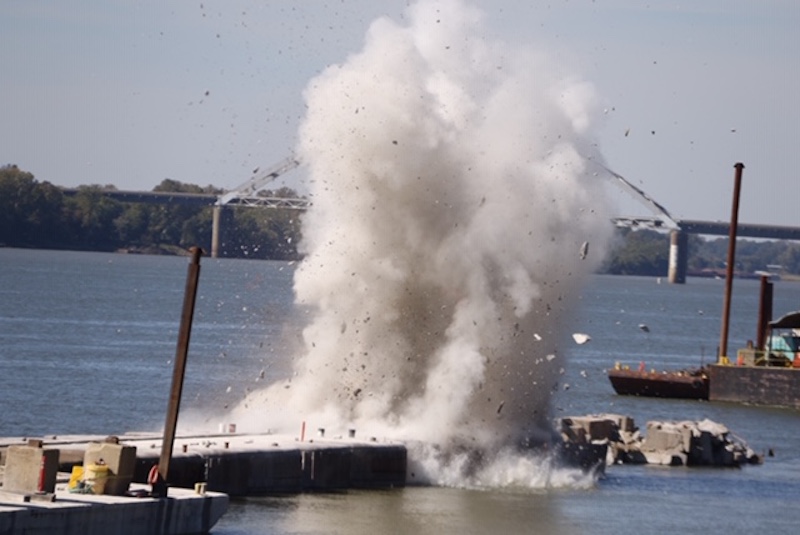In two separate actions this week, lawmakers approved legislative steps toward funding river infrastructure through the Army Corps of Engineers for the next fiscal year and modifying a funding formula that would free up more money for inland projects.
For fiscal year 2021, the House Appropriations Committee gave the green light to fund the Corps at $7.63 billion, a decline of $21 million from the record-breaking appropriation this year, but $1.7 billion more than was requested in the president’s budget plan.
The bill also provides for seven new study starts and seven new construction projects to be selected by the administration, one of which is for inland waterways lock and dam modernization, as well as $17 billion in emergency funding to speed Corps projects.
“A new start for the inland waterways in FY21 is welcome news and helps to further modernize this critical transportation infrastructure,” Tracy Zea, the newly appointed president and CEO of the Waterways Council Inc. (WCI), said in a statement.
Meanwhile the House Transportation and Infrastructure Committee approved and sent to the House floor the Water Resources Development Act of 2020, which authorizes programs and policy reforms related to the Corps of Engineers Civil Works Program and is one of the most important federal laws that affects the inland waterways system.
Lawmakers agreed to make a significant adjustment in the Inland Waterways Trust Fund that pays for construction and major rehabilitation of inland waterways projects. The bill modifies the cost-share arrangement from the current 50/50 split between the industry-supported trust fund and the federal government to 65% from the Treasury and 35% from the IWTF, which is financed by a fuel tax on the barge industry.
The new formula will run through 2027 with a provision that any project that begins construction within this timeframe will carry the new cost-share arrangement until construction is completed.
The inland towing and barge industry had sought a 75/25 ratio, which is the same formula that was adjusted for deep draft navigation in 2016 and had made the change a top legislative priority to assure a steady flow of federal support for ongoing and future waterways improvements.
Advocates acknowledge that securing the higher ratio was difficult in the fiscal climate affected by the Covid-19 pandemic and are pleased with the modification agreed to by lawmakers.
“It’s a tougher fiscal environment with Covid-19,” said Deb Calhoun, WCI senior vice president. “We are still very pleased with the 65/35 and urge a permanent adjustment. This could mean $1 billion in additional construction and major rehabilitation funding over 10 years. That will shorten the project delivery timelines and make the process more efficient.”
The bill also fully unlocks the Harbor Maintenance Trust Fund by authorizing use of the fund’s existing $10 billion balance.
In addition, the bill sets up a new plan to combat repeated flood events by evaluating ways to reduce flood risks, especially along the Missouri and Mississippi rivers that were hit hard by flooding and high water last year and are still recovering. The legislation streamlines authority to build permanent flood control structures in communities that experience repetitive losses from floods.
This is the fourth WRDA in eight years, which continues the process of enacting a waterway resources bill every two years. It is the result of numerous public hearings at which witnesses repeatedly complained about delays in completing flood control and waterways projects.
“This represents the good legislative work that can be accomplished when both parties work together to advance shared goals,” Rep. Bruce Westerman, R-Ark., ranking member of the Water Resources and Environment subcommittee, said in a statement.





